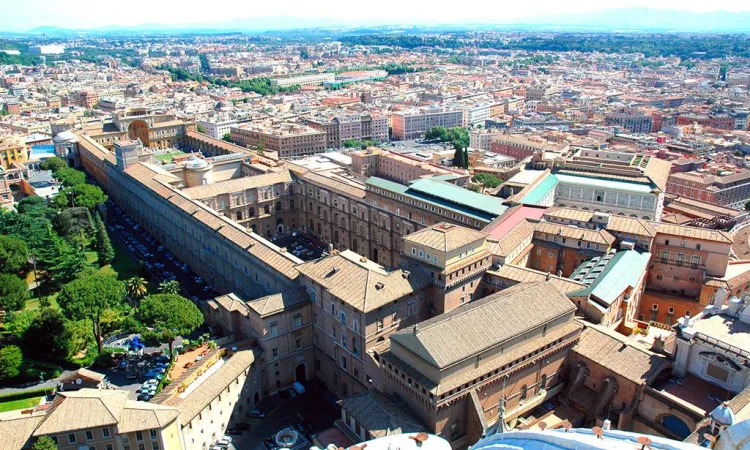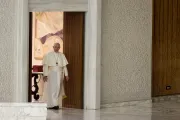Vatican City is the smallest State in the world. Vatican City has no GDP. All its economic activities are intended to support the life of the State and the activities of the Holy See.
Vatican employees are about 5,000, split between the Vatican City State administration and the Holy See. They all get a salary, generally modest. The Vatican City system provides rent-controlled housing, as well as a tax-free supermarket, shopping mall, and gas stations. The economic activity includes investments in real estate and some financial operations, to generate revenues and help the Holy See to carry forward its initiatives.
The coronavirus crisis will likely push the Vatican to review its investment policies to face the money loss.
It is tough to estimate from the outside how much the coronavirus emergency has cost the Vatican. Basing on some open data, it is likely that the Holy See / Vatican City State lost some 25 million euros (about 27 million dollars). Most of this money is the missed revenues from the Vatican Museums. The Vatican also cut the rents of commercial activities in Vatican buildings. It is already time for a robust spending review in the Vatican.
More in A Vatican Observer
The Vatican Museums have been closed since March 9. The Vatican is thinking about reopening the Museums, though with restricted access and enhanced health security measures. The reopening of Vatican Museums was one of the topics of the extraordinary meeting the Cardinal Secretary of State, Pietro Parolin, held with the heads of Vatican dicasteries on April 22.
It is complicated to assess the precise impact of the Vatican Museums on the Vatican City State balance sheet. The latest balance sheet was published in 2017 and referred to 2015. The balance sheet was not formally approved by the Pope, who only "inspected" the document.
As usual, the balance sheet was split into that of the Holy See and that of the Vatican City administration. The balance sheet of the Holy See refers to the activities and expenses of the Roman Curia. Vatican City's balance sheet relates to the activities of the small Vatican territory, including the Vatican mall and supermarket, the Post Office, and the Vatican Museums.
As of 2015, the balance sheet of the Holy See had a €12.4 million deficit, while the balance sheet of Vatican City had €59.9 million in profits. According to a Vatican press release, the Museums generated the majority of the gains.
The release did not specify how much was the impact of the Vatican Museums in the Vatican City administration.
An approximate calculation based on the number of tickets sold suggests that the Vatican Museums bring some €101 million into the Vatican's coffers each year ($109.5 million). Two months of missed revenues amount to approximately €16,940,000. However, this number does not take into account the profits generated by the Vatican Museums shops and by individual tours.
The loss is pretty high, considering that the employees keep getting their salaries. For this reason, the Vatican City State administration initiated a drastic spending review.
(Column continues below)
Subscribe to our daily newsletter
Following the restrictions of the Italian government to counter the coronavirus pandemic, the commercial activities have been shut down, and so they have had virtually no income during the last two months.
The APSA decided that, during March and April, the tenants in the commercial premises will have to pay just one-fourth of their rent. The second fourth of the rent is due within a year. The other half have been waived: one-fourth was waived by the Pope and another by the APSA. It seems that the APSA will likely prolong the provision since the shutdown of many shops will last at least for another few weeks.
It is yet to be assessed how much the crisis will impact donations to Peter's Pence and the Papal Almoner. Peter's Pence is collected every year, usually on the Feast of St. Peter and Paul (June 29). There are no recent official figures for the amount of the collection. According to the Wall Street Journal, as of 2018, the Peter's Pence amounted to €50 million.
The Holy See can also count on the profits of the Institute for the Works of Religion – IOR – the so-called Vatican bank. IOR profits in 2018 were €17.5 million, about half of the earnings of the previous year.
The negative trend of the IOR profits has been lasting for seven years now: in 2012, benefits were €86.6 million; in 2013, €66.9; in 2014, €69.3 million; in 2015, €16.1 million; in 2016, €33 million; and in 2017, €31.9 million.
If the negative trend continues, it is unlikely the Holy See will be able to look to financial investments to fill the holes this crisis is opening.



